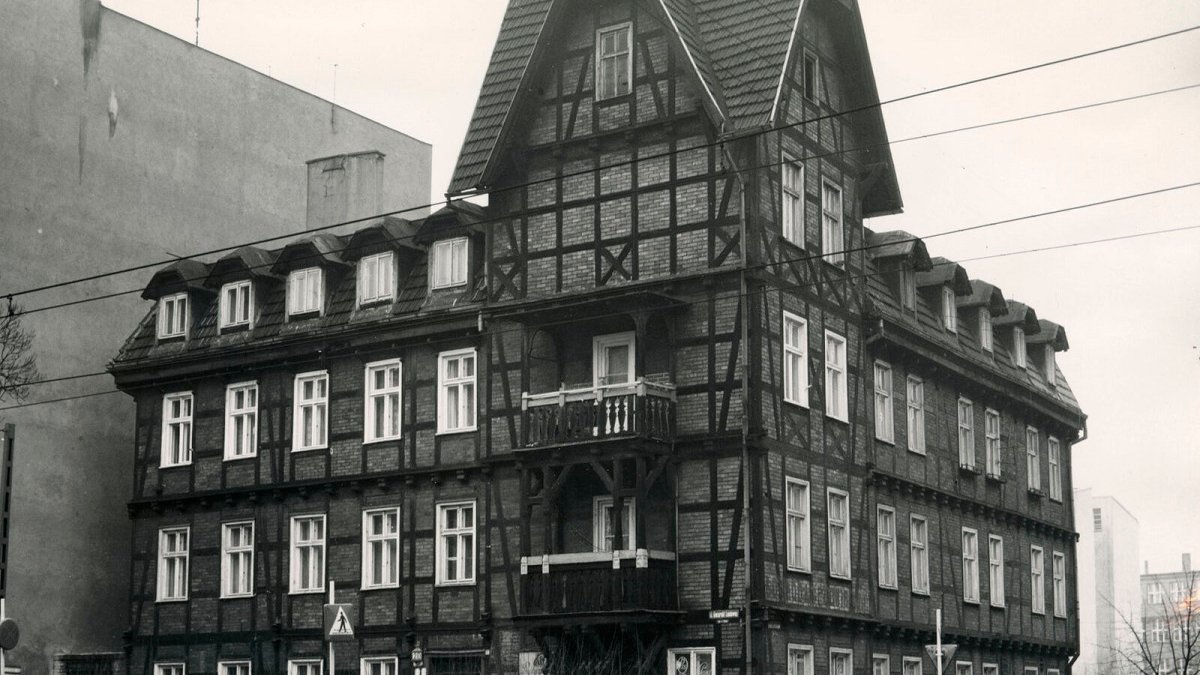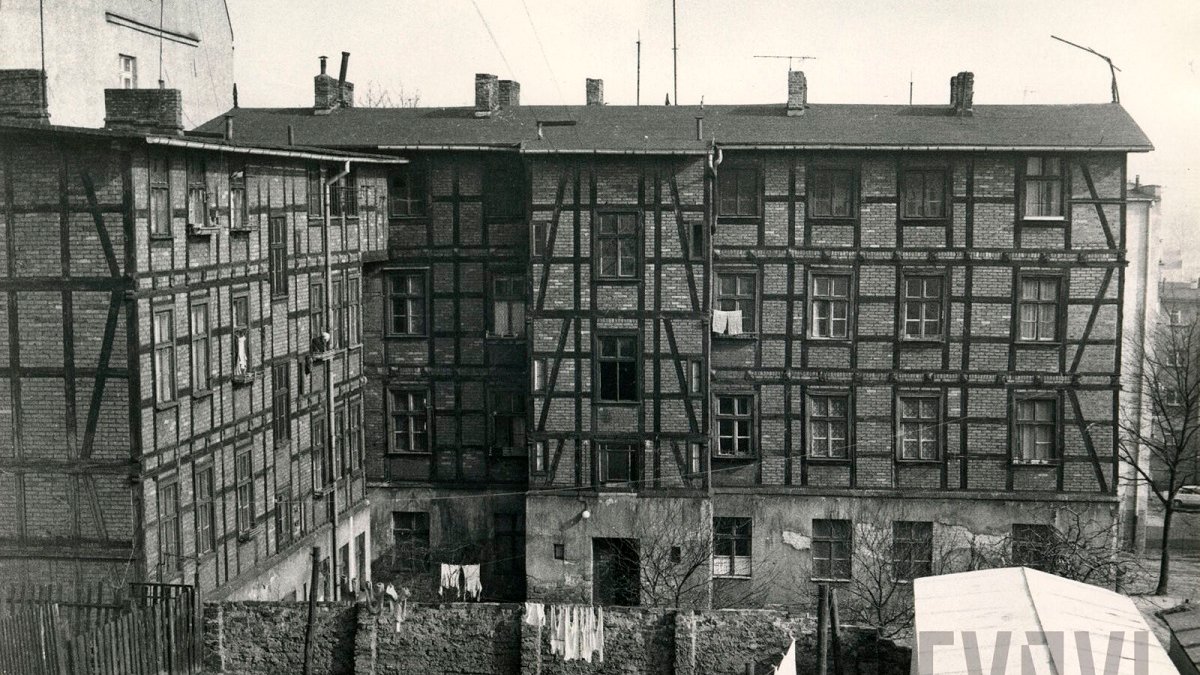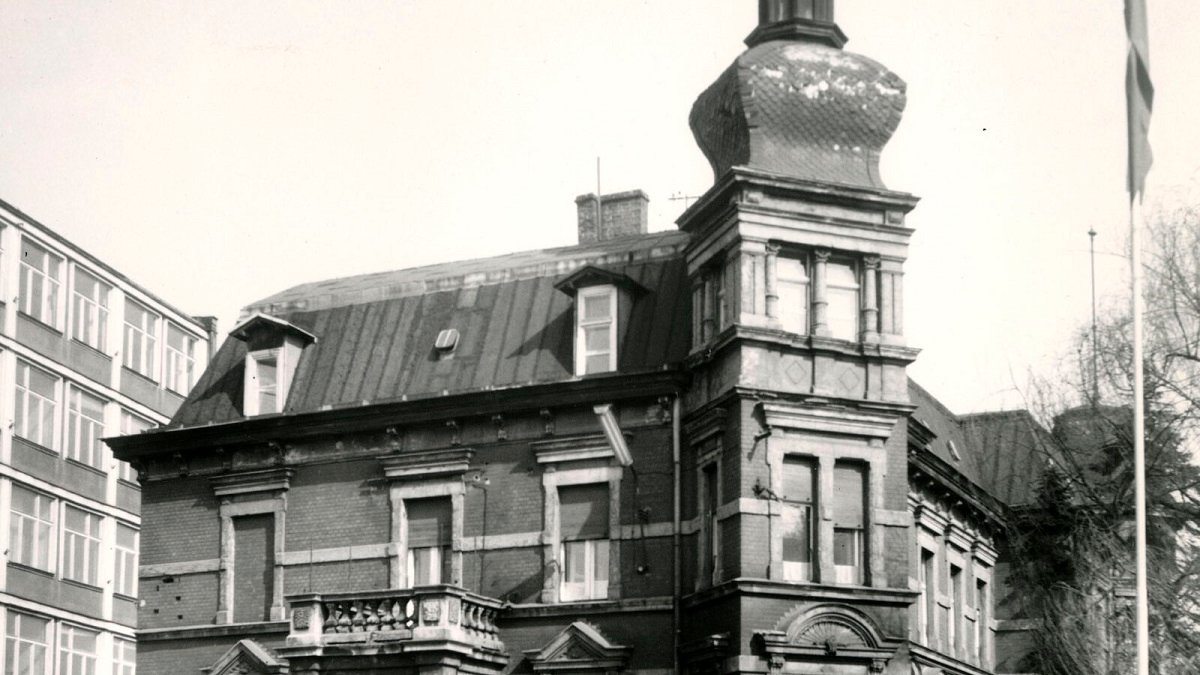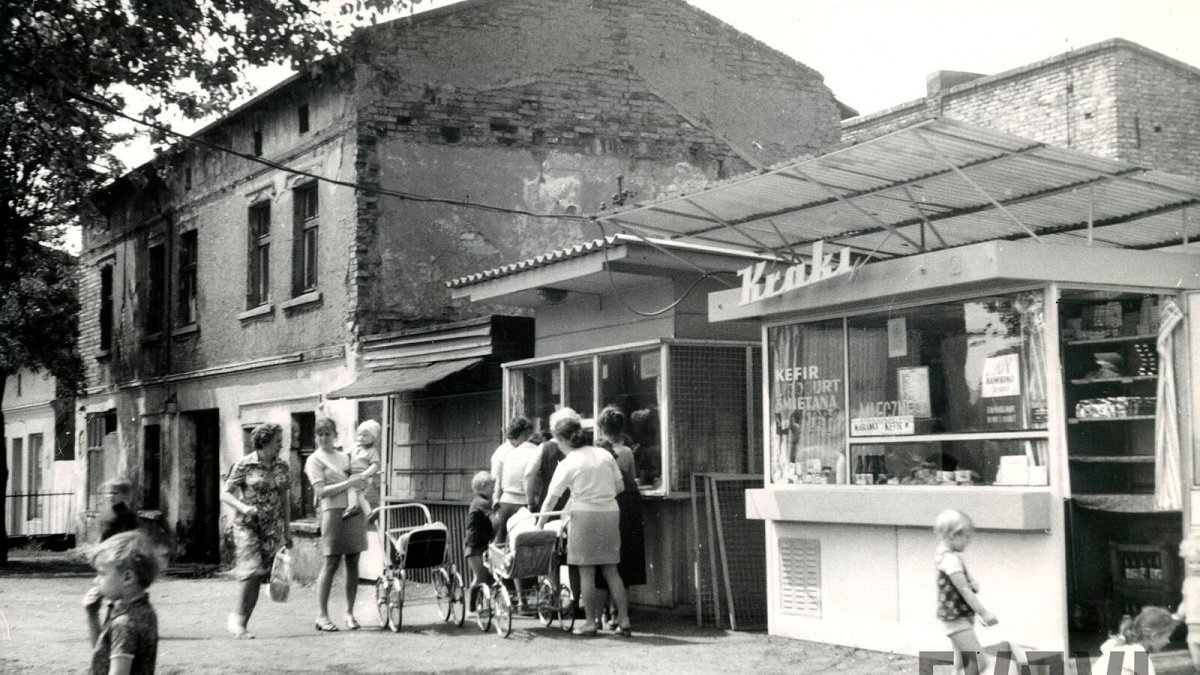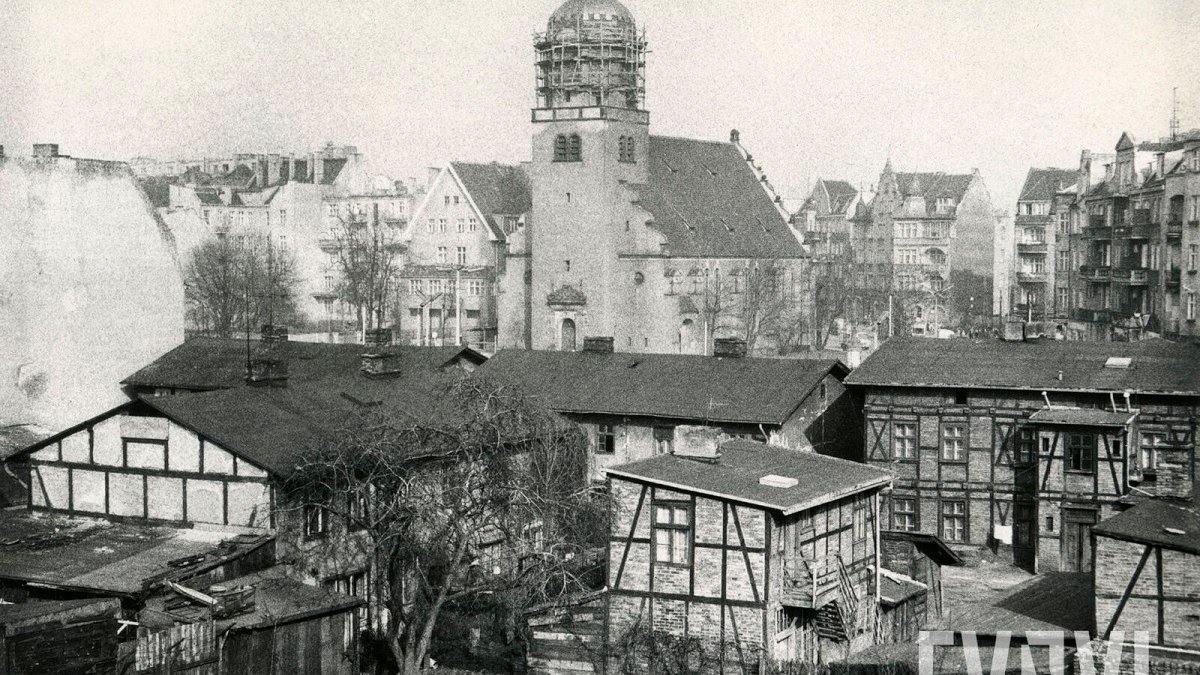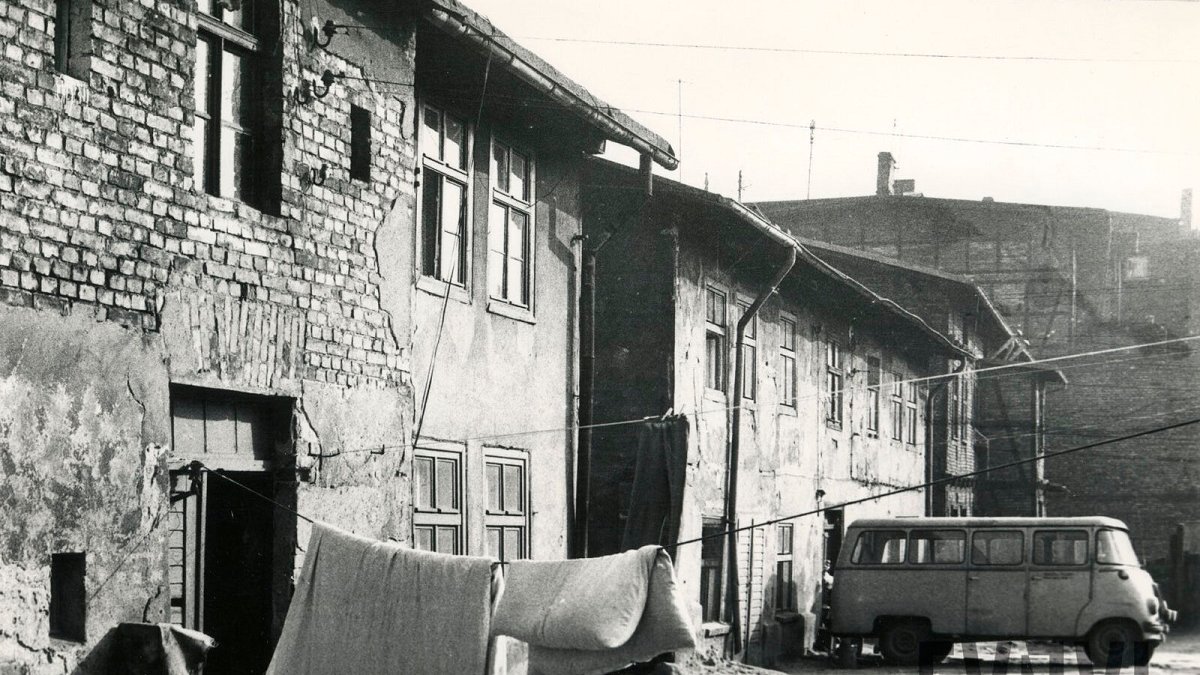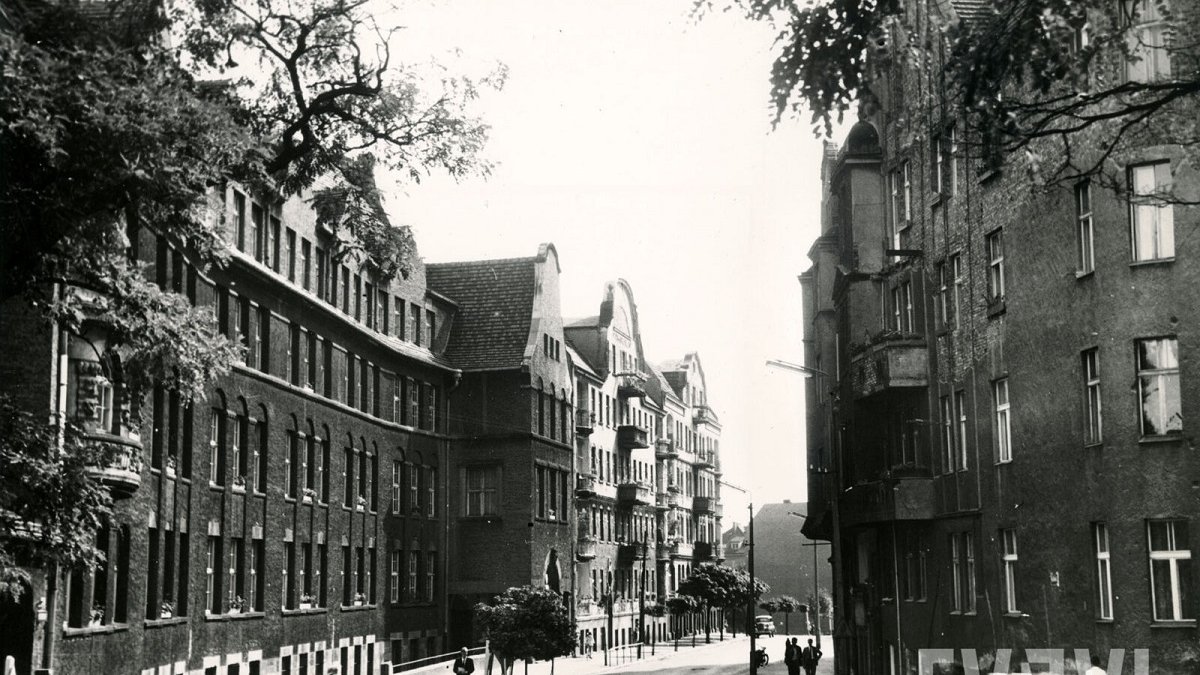The Poznań That Was: The Wilda District
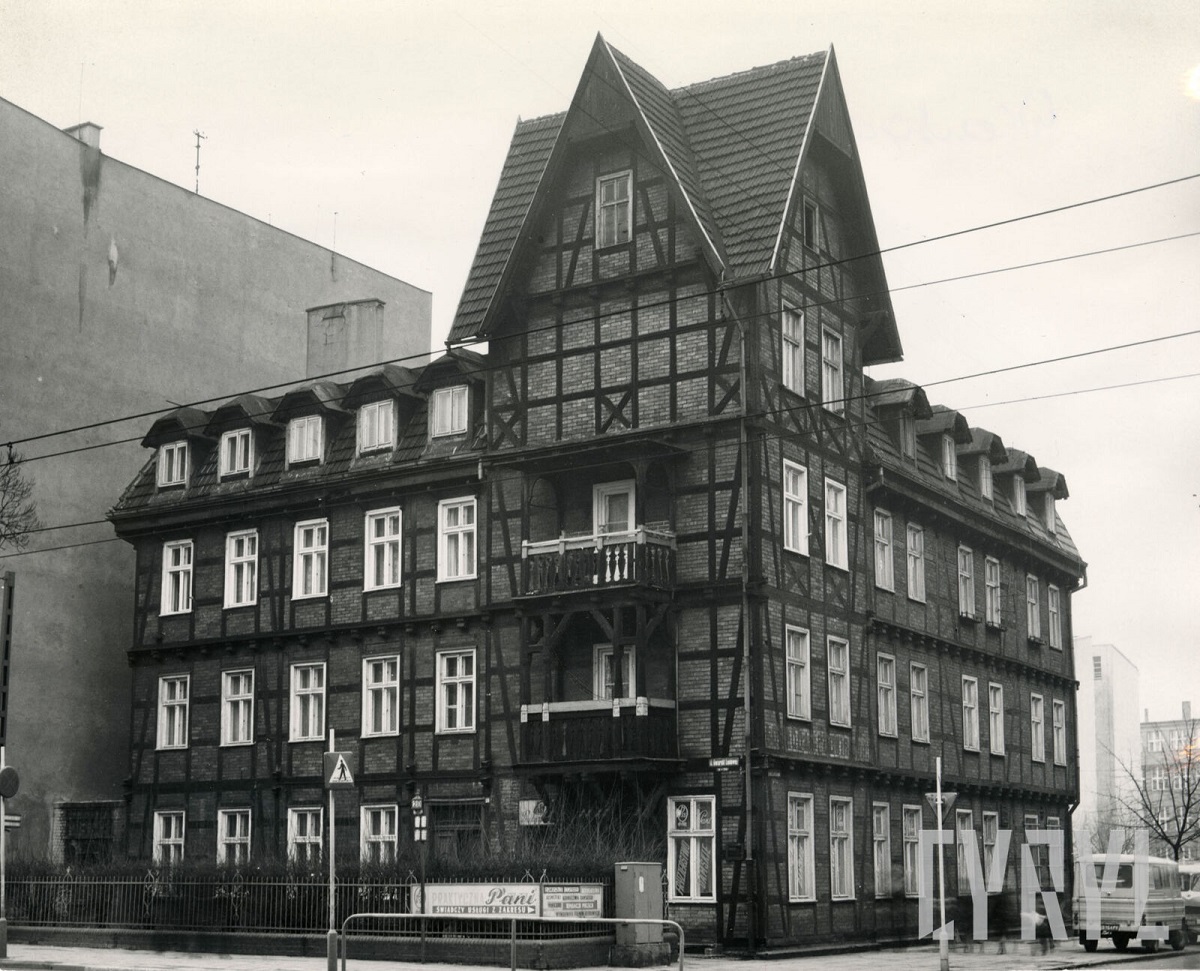
Originally a village with a long and rich history stretching back to the 13th century, Wilda became part of Poznań in 1900, along with the nearby settlements of Jeżyce and Łazarz. Like these other villages, it long retained features indicative of autonomy, including its own market, local shops, and a unique atmosphere. The establishment of the Hipolit Cegielski Works on its outskirts soon led to its reputation as an industrial district, a perception that persisted among Poznań residents for many decades.
Most of the photographs on display were taken in the 1960s and '70s. During that era, the district's heart was its market square, dominated by a church with a magnificent tower, originally Evangelical but converted to Catholic use after World War II. Nearby, among trees in Skłodowska-Curie Square, stand former Prussian buildings that once housed the University of Machine Building, a municipal school, and an old people's home, now home to several departments and the rector's office of Poznań University of Technology. In 1962, near the market square, on what was then ul. Gwardii Ludowej (now ul. Wierzbięcice), the iconic Wilda cinema was opened, featuring a distinctive neon sign above its entrance. The district's grand, often ornately decorated tenement houses, many constructed in the early 20th century, stand alongside smaller, timber-framed building dating back to the arrival of settlers from Bamberg in 1747.
Life in Wilda's hidden courtyards carried on with its usual rhythm, with crumbling wooden sheds, small workshops, home gardens, and laundry hanging out to dry between buildings. The sleepy atmosphere of Wilda's backyards in the 1960s and 1970s was more reminiscent of a small town than an urban district. How much of this scene still exists today?
Visit the exhibition to find out!
Magdalena Grzelak-Grosz
translation: Krzysztof Kotkowski
- The Poznań That Was: The Wilda District - an exhibition in the Poznań Fotoplastykon
- Centrum Informacji Kulturalnej (Cultural Information Centre), ul. F. Ratajczaka 44
- 1.10.2024 - 1.02.2025; opening hours: Monday - Friday 10 am - 6 pm, Saturday 10 am - 5 pm, Sunday and holidays closed, last admission 1 hour before closing time
- tickets: regular admission - 6 pln, reduced admission - 3 pln, family tickets - 12 pln, group tickets (groups of 10 or more) - 25 pln
© Wydawnictwo Miejskie Posnania 2024
See more

From Musza Góra to Freedom. The Story of a City Square

What a Theme!

God Save the Film

